In Lancaster, Texas, the Crescent Regional Hospital has introduced new hologram technology to allow patients and doctors to interact without ever being in the same building.
The technology provided by Holobox allows patients to see their doctor remotely and has never before been used by a hospital in the US. However, doubts remain about its cost-effectiveness.
A Technological “Marvel”
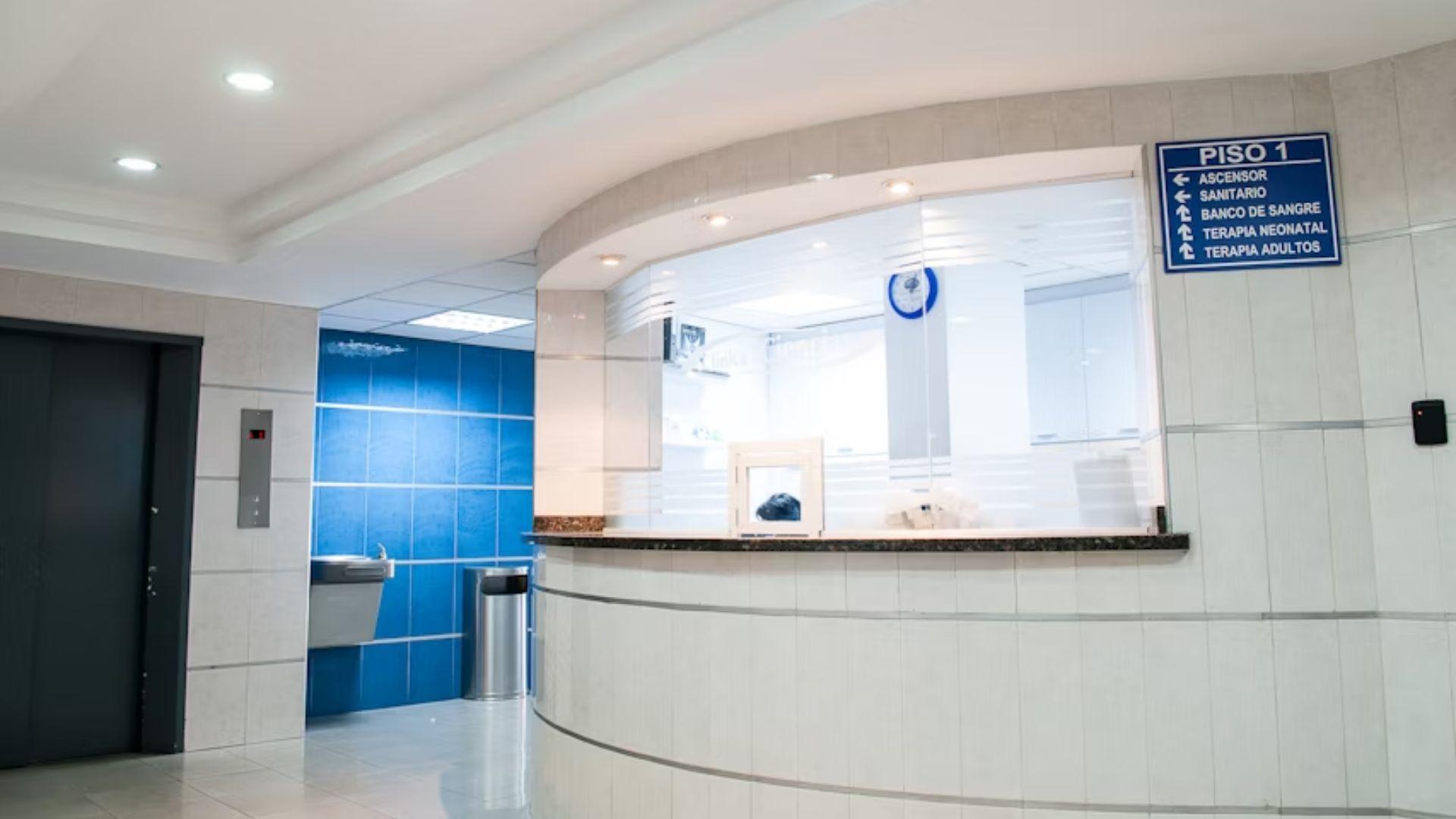
The Holobox technology is provided by Holoconnects, a Netherlands-based company that promises a “revolutionary experience, bringing holographic marvels to life.”
Holobox offers holograms within 7-foot, 440-pound box devices that display a high-quality 3D live image of a person. The catch is that each device costs $42,000, with the addition of a $1,900 annual service fee.
What Holobox Promises

The high-quality images offered by Holobox are designed to give the feeling that the doctor is sitting inside the box, even though they are actually miles away.
The system is hoped to elevate the traditional remote experience and allow conversations between patients and doctors that feel like those they would have face-to-face.
What The Hospital Said
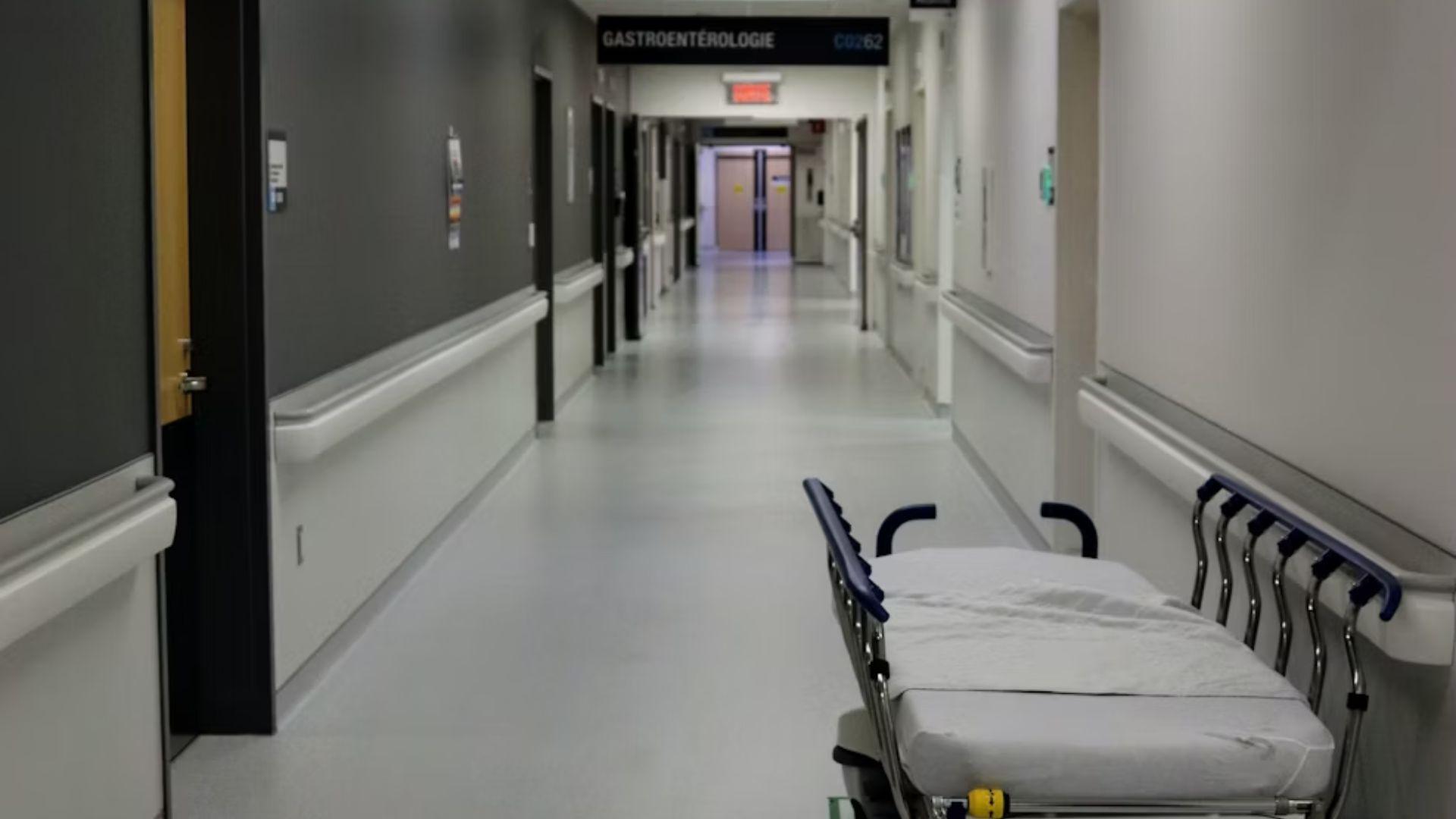
Raji Kumar, the managing partner and chief executive of Crescent Regional, said holograms are hoped to improve patient experience and allow doctors to see a patient’s full body in a way they wouldn’t via other remote mediums.
Kumar said, “The physicians are able to have a much different impact on the patient…The patients feel like the physician is right there.”
Pioneering Technology

The Holobox allows doctors at the Crescent Regional Hospital to evaluate patients who are 30 miles away at the hospital’s clinic in Farmers Branch.
The Holobox only requires electricity and internet to run. The company describes itself as “a leader in the revolution toward a more sustainable, engaging and technologically advanced future for customer acquisition, guest satisfaction and information exchange.”
Company Leaders Speak Out
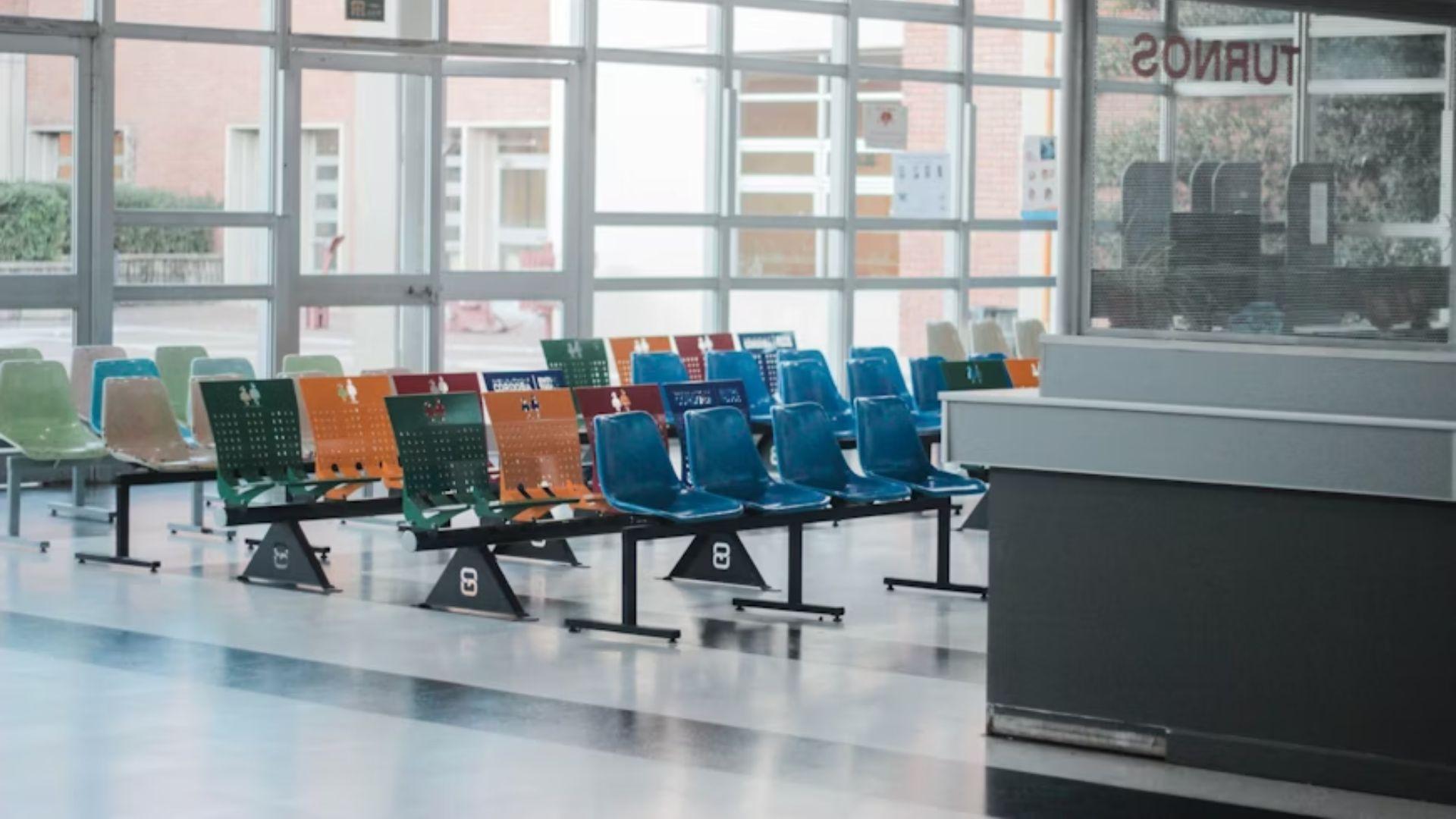
Steve Stirling, the managing director of Holoconnects in North America said the technology “has the potential to revolutionize the access and sense of relationship between patients and their healthcare professionals,”
Stirling added, “We can provide real-time, life-like access from distant locations which provide patients with access to levels of specialty care from anywhere in the world and also save doctors one of their most precious commodities — time!”
Skepticism Remains
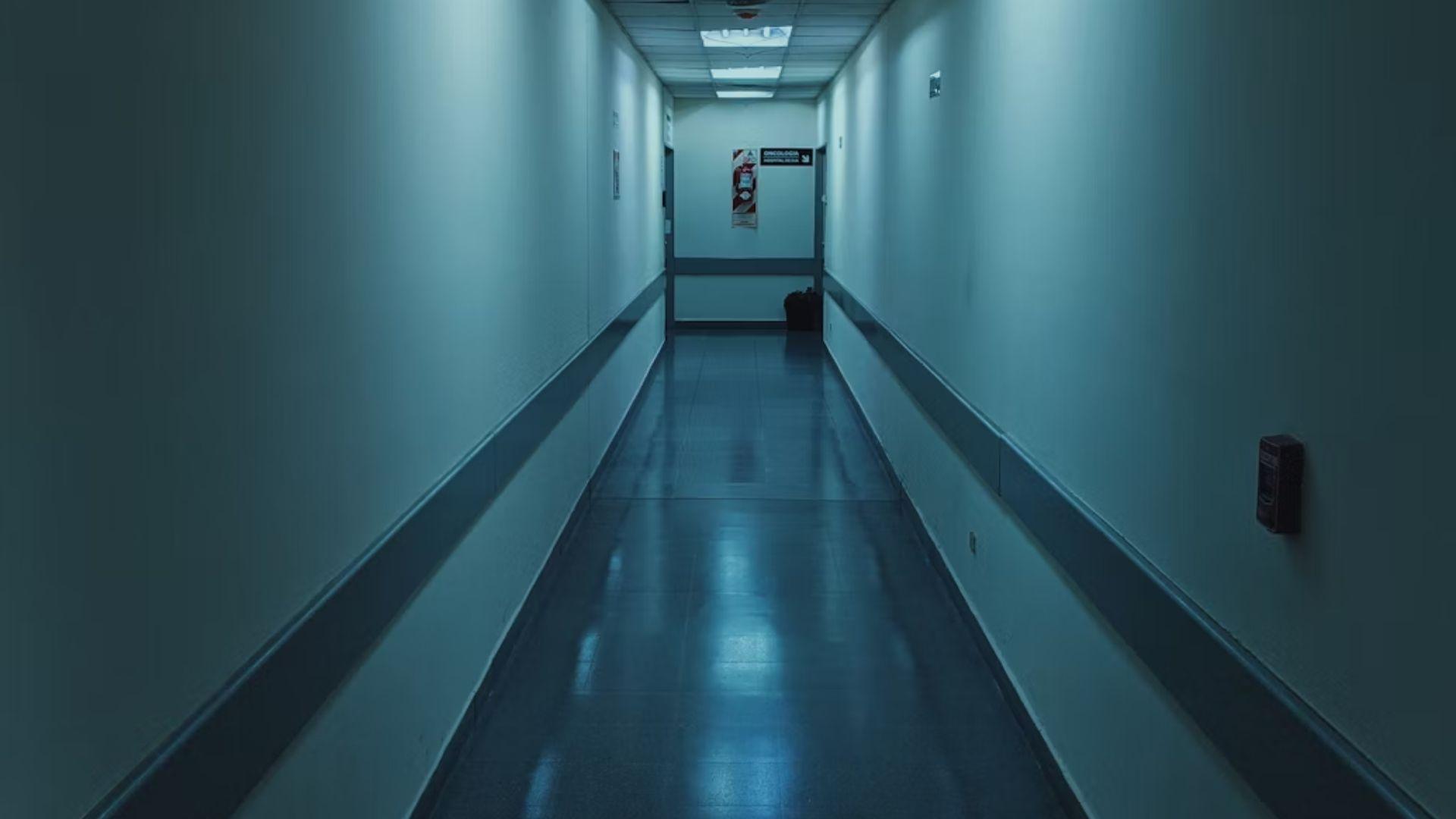
Despite Holoconnect’s lofty promises, the New York Times’ Hank Sanders reports that, “experts are skeptical about whether a hologram visit is significantly better than 2-D telehealth options like Zoom or FaceTime.”
“I don’t know of any data to support the idea that this would improve the quality of the visit beyond a usual telemedicine visit,” said Dr. Eric Bressman, an assistant professor of medicine at the University of Pennsylvania.
What Use is Holobox?
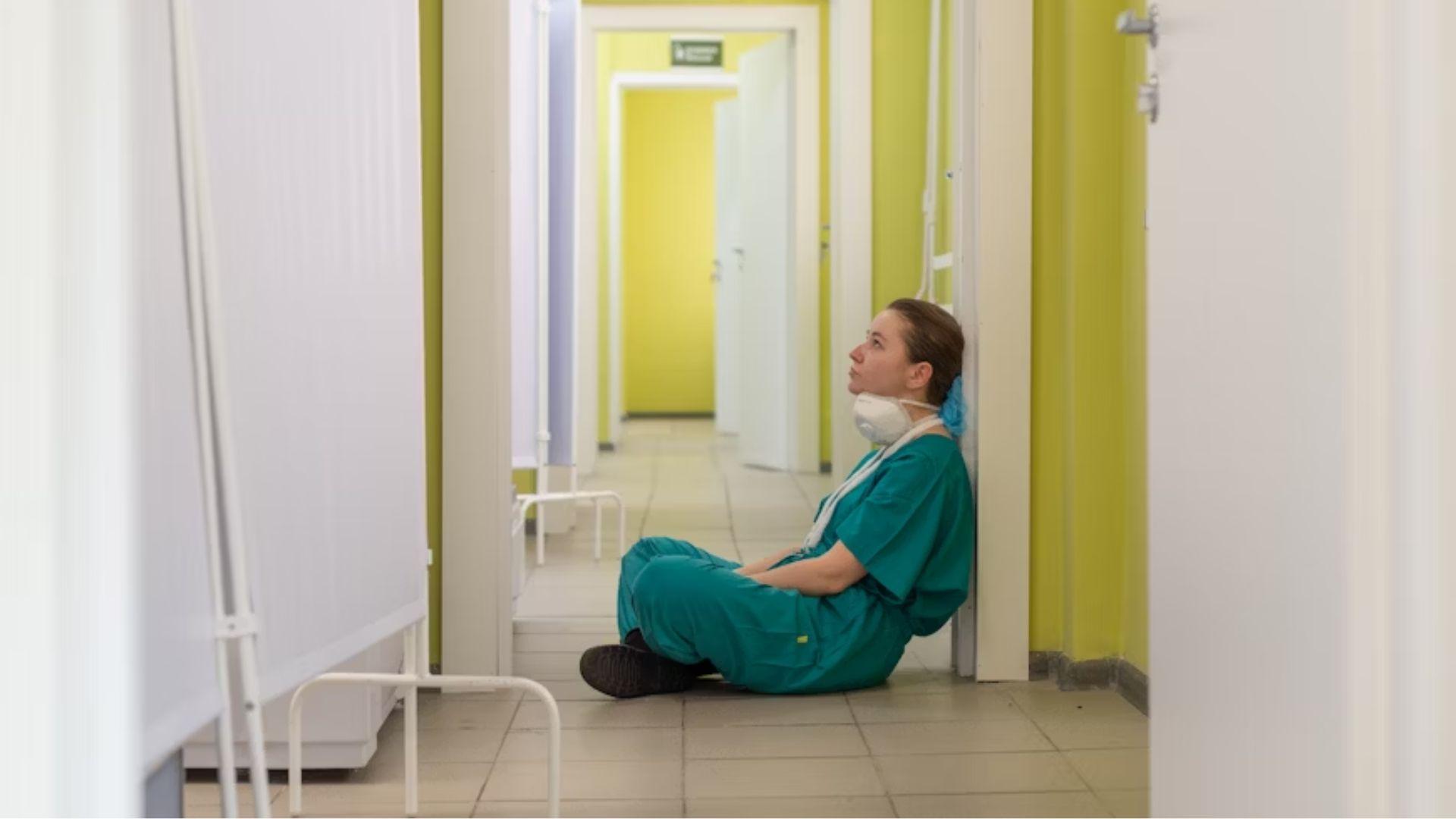
Dr Chad Ellimoottil has argued that Holobox’s camera technology could be useful in a physical therapy setting.
Moreover, Dr Kumar said that the camera wold allow a doctor to “judge characteristics like gait or range of motion” with a high degree of accuracy.
Holobox Already Used in Hospitality

While only one hospital in the US has begun using Holobox technology, the technology is already used in a dozen hotels, with 18 more locations planning to install the technology.
Some, such as Dr. Ellimoottil, believe that Holobox technology is better suited to hospitality than hospitals. While Holobox allows doctors to work from home, it still requires patients to travel to an office.
Price Concerns Persist

As some voice concerns about Holobox’s effectiveness, worries about the technology’s high price remain – with the box costing $42,000 plus an additional $1,900 annual fee.
However, Crescent Regional’s Kumar said revenue-generation is not a priority with the Holobox. “It’s more of patient quality, engagement and delivering a better service to the patient. Giving them more comfort,” Kumar said.

